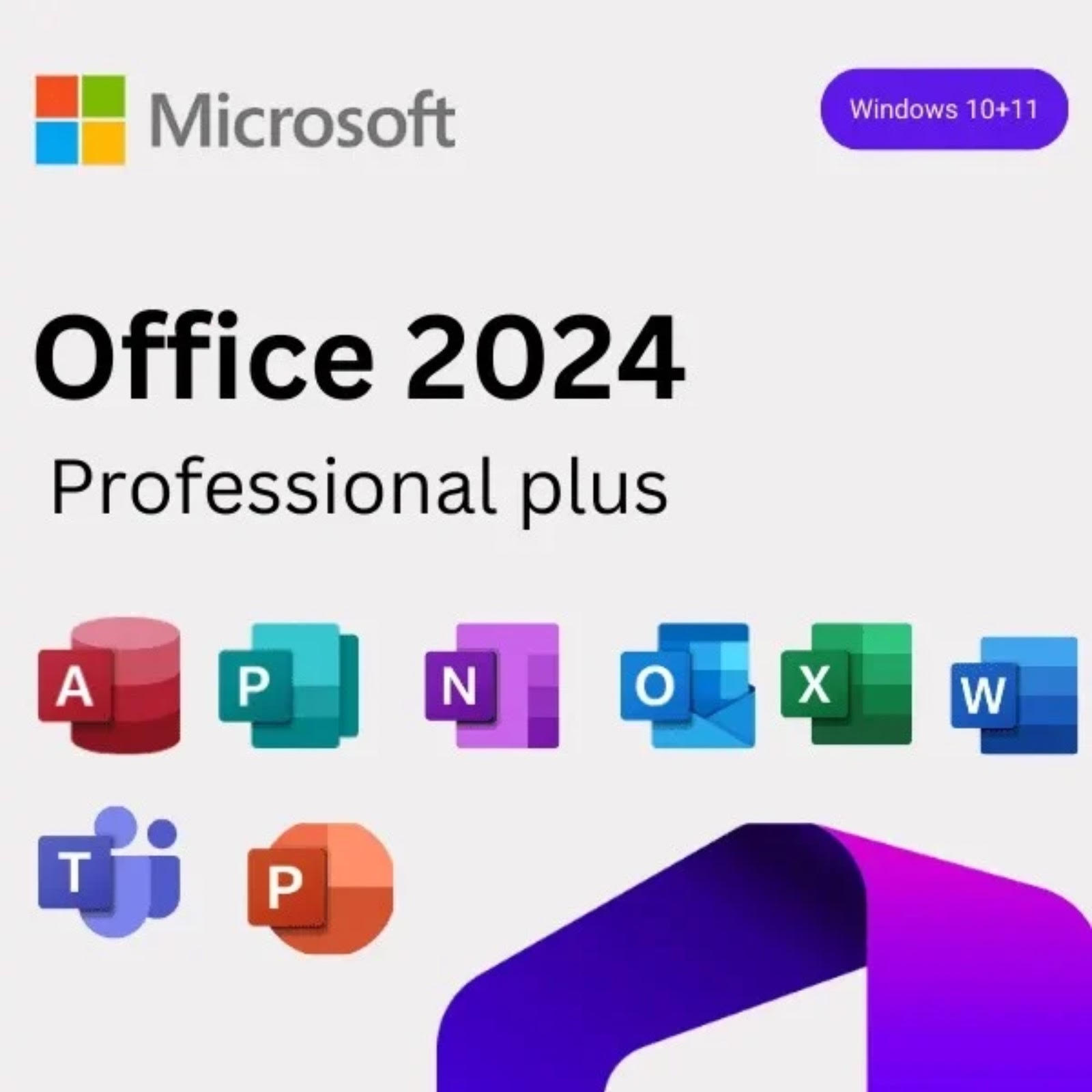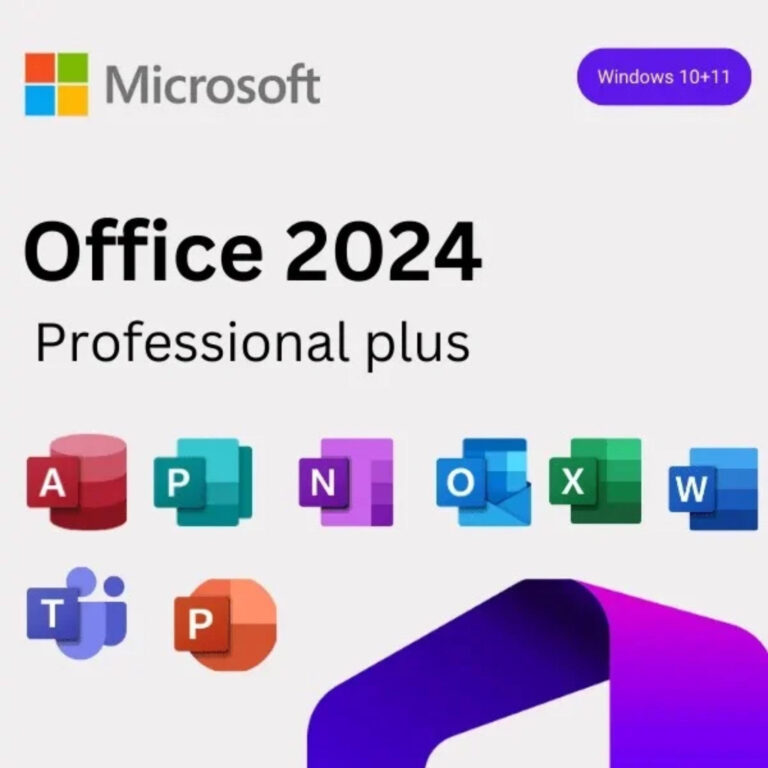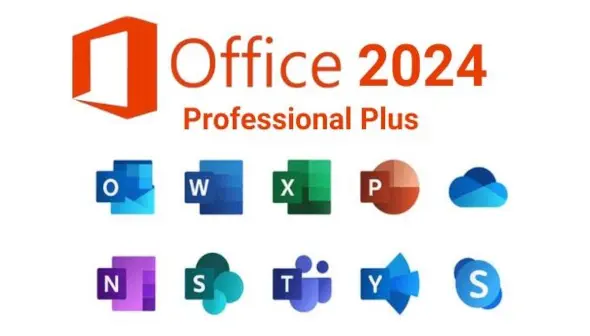Office 2024 Professional: A Comprehensive Deployment Strategy for IT Administrators
As organizations continue to evolve and adapt to the changing landscape of technology, the deployment of software solutions plays a crucial role in improving productivity and efficiency. Microsoft Office 2024 Professional is one such solution that promises robust performance, enhanced features, and improved collaboration tools tailored for businesses of all sizes. This article presents a comprehensive deployment strategy for IT administrators looking to implement Office 2024 effectively within their organizations.
Understanding Office 2024 Professional
Office 2024 Professional is designed to help users streamline their work processes through a suite of applications that includes Word, Excel, PowerPoint, Outlook, and more. With a refreshed user interface and integration with Microsoft 365, this version aims to provide users with the tools they need to produce their best work.
Key Features of Office 2024 Professional
-
Enhanced Collaboration: Real-time editing and improved sharing options facilitate team collaboration, whether in person or remotely.
-
Advanced Data Analysis Tools: New features in Excel, such as enhanced data types and functions, allow for more accurate and insightful data analysis.
-
AI-Powered Productivity: With the integration of AI capabilities, tasks such as data entry and content generation can be automated, saving time and resources.
-
Updated Security Features: Office 2024 Professional includes heightened security protocols to protect sensitive information and enhance data privacy.
- Cross-Platform Compatibility: With seamless integration across devices, users can work on documents and projects from anywhere.
Deployment Strategy for IT Administrators
Deploying Office 2024 Professional effectively requires careful planning and execution. Below is a step-by-step deployment strategy tailored for IT administrators:
Step 1: Assess Organizational Needs
Before deployment, it’s crucial to assess the specific needs of your organization. Identify which features are most beneficial for your users, as well as any potential challenges that may arise during implementation.
Step 2: Develop a Deployment Plan
Create a comprehensive deployment plan that outlines timelines, responsibilities, and key milestones. Ensure to consider the operational downtime, user training, and post-deployment support in your planning.
Step 3: Choose the Deployment Method
Choose the most suitable deployment method for your organization, such as:
-
Self-Service Installation: Allowing users to download and install Office 2024 themselves, which can be facilitated through the company’s portal.
- Centralized Deployment: Using tools like Microsoft Endpoint Configuration Manager or Group Policy to manage installations across the organization.
Step 4: Provide Access to Software
IT administrators can facilitate the download and purchase of Office 2024 Professional by providing the following resources:
-
Download Office 2024: Users can download Office 2024 directly through this link.
- Purchase Activation Key: To activate Office 2024, users can buy a license key from this link.
Step 5: Train Your Team
Training is vital to ensuring that users can maximize Office 2024’s features. Offer workshops, webinars, or provide documentation and tutorials that cover new functionalities and best practices.
Step 6: Monitor and Support
After deployment, continuous support is essential. Set up a helpdesk or support team to assist users with any issues they encounter. Gather feedback regularly to identify areas for improvement.
Conclusion
The deployment of Microsoft Office 2024 Professional can significantly enhance the productivity and efficiency of your organization. By following this comprehensive strategy, IT administrators can ensure a smooth transition to the new software while empowering users to take full advantage of its features. With proper planning, training, and support, Office 2024 can become a valuable asset in your organization’s toolkit for success.
As you prepare for deployment, don’t forget to facilitate access to the software and activation keys as outlined above, enabling your teams to hit the ground running.



